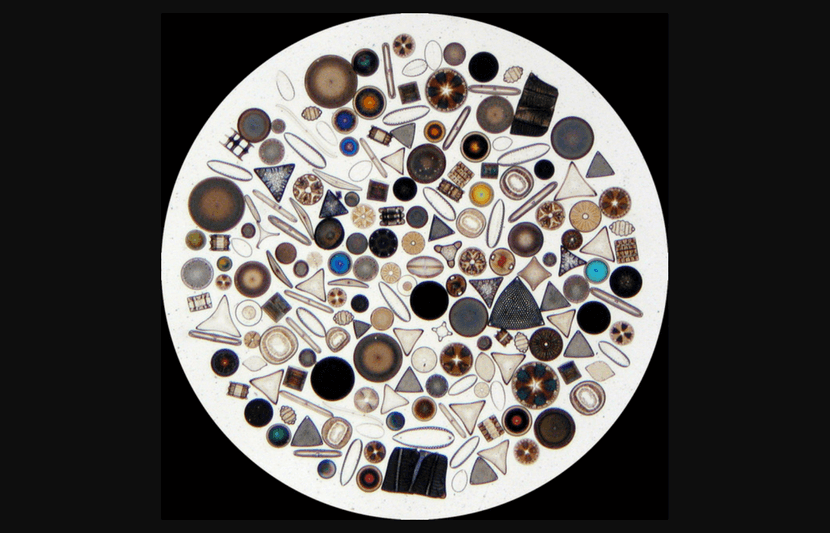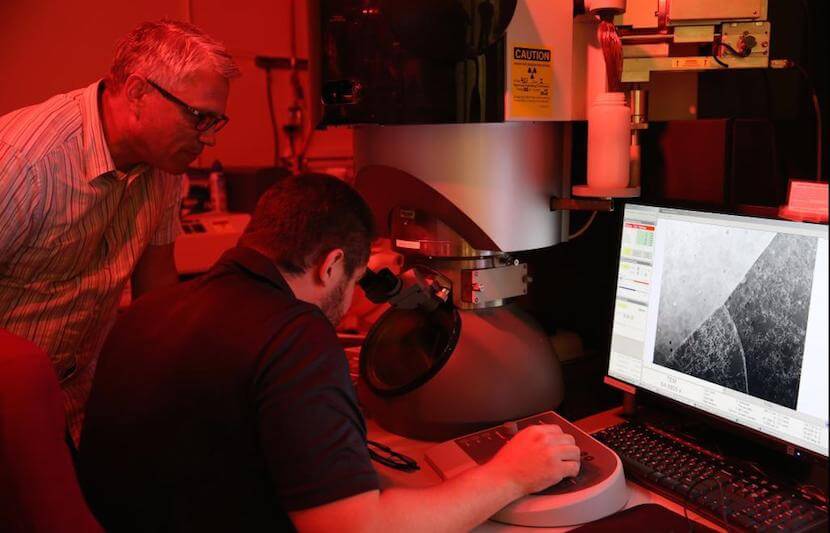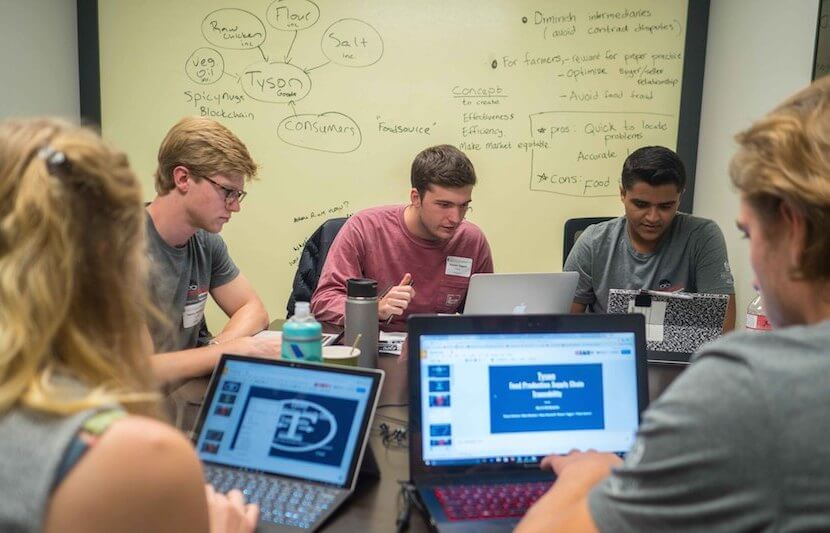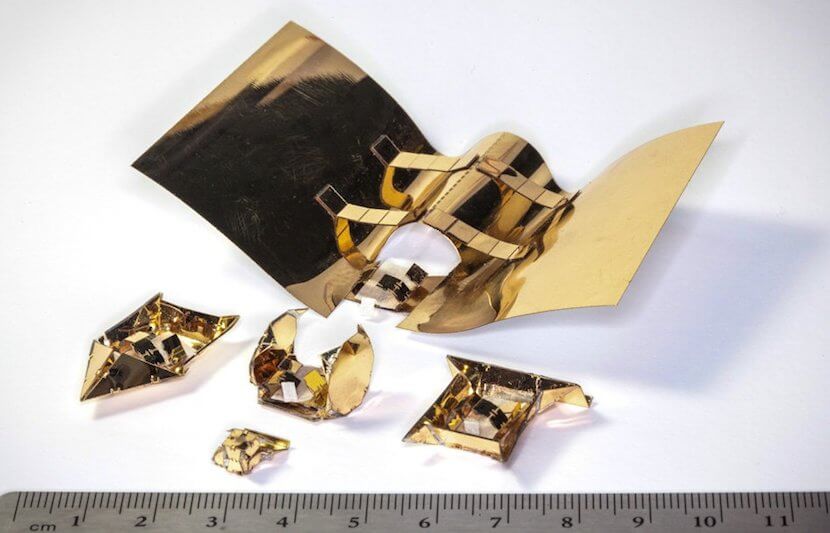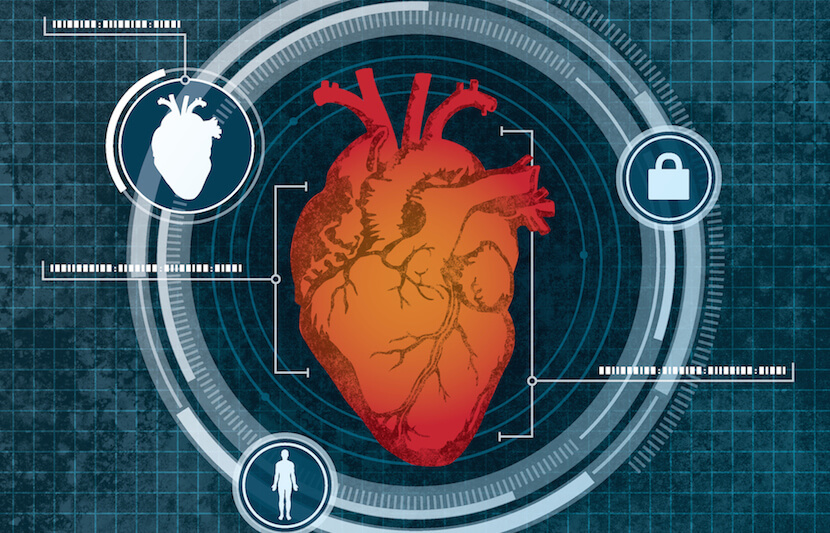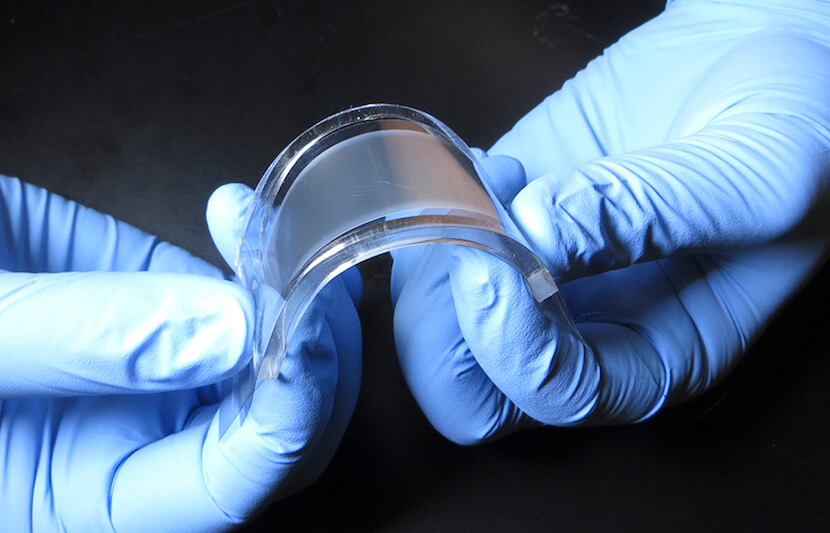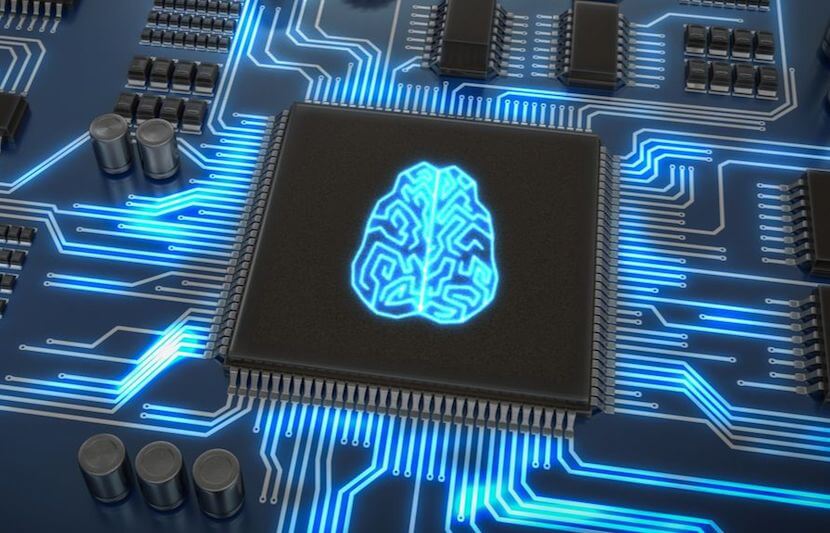-
Solar Energy from Algae? Researchers From Yale, Princeton, Lincoln and NASA Think So
Billions of years before the invention of solar panels, algae was already harnessing the sun’s energy. Because algae has been optimized for light absorption through its evolution, the key to more efficient solar panels may be unlocked by working with algae. That’s what a team of researchers from Yale University, Princeton University, Lincoln University and… Read More
-
Delivering Improved Emergency Treatment in Rural West Texas via Telemedicine
Residents of rural West Texas will have access to improved emergency treatment with the launch of a telemedicine project known as Next Gen 9-11 Telemedicine Project that is designed to provide faster communication between EMS providers and a select group of trauma centers in the area. In telemedicine, actual patient health care is delivered over… Read More
-
New Research Opens Up 3D Printing of Strong, Ductile Stainless Steel
A team of researchers from Lawrence Livermore National Laboratory (LLNL), Ames National Laboratory, Georgia Tech University, and Oregon State University has developed a breakthrough method to 3D print strong and ductile stainless steel. The researchers effectively produced one of the most commonly used marine grade stainless steels, a low-carbon type called 316L. The research is… Read More
-
University of Arkansas’ First Blockchain Hackathon Surpasses Expectations
Image – Courtesy of the Sam M. Walton College of Business Where was the cotton grown in the jeans you are wearing? Where was the chicken raised that you will use in that grilled chicken salad tonight? Answers to both questions can readily be had through the use of blockchain, as students quickly discovered at… Read More
-
University of Sussex Researchers Pave the Way Towards a Future Sans Broken Smartphone Screens
Physicists at the University of Sussex in England have developed a new technology that could resolve the persistent problem posed by brittle smartphone screens. This new technology, which combines silver nanowires with a two-dimensional carbon material called graphene, could be used to produce smartphone screens that are “cheaper, less brittle, and more environmentally friendly.” The… Read More
-
Cooking Made Easy: New 3D Food Printing Technology Makes Personalized Food Possible
Yissum Research Development Company, a technology transfer company of the Hebrew University of Jerusalem, has developed a novel 3D printing technology that makes it possible to print tasty and healthy meals tailored to personal taste and/or health needs. Personalization is made possible with the technology’s use of cellulose nano-crystals (CNC), a type of calorie-free, edible… Read More
-
Singapore University of Technology and Design Students Win ‘Fake News’ Hackathon for Their 3-Pronged Solution
A team of five students from the Singapore University of Technology and Design recently won a “fake news” hackathon for their 3-pronged approach to tackling a problem that has dominated the media since the 2016 U.S. presidential election. The hackathon was organized by Google, the Media Literacy Council, the National University of Singapore, and the… Read More
-
Fuel Cell Breakthrough by Washington University Engineers Could Be ‘Game Changer’ for Battery-Powered Devices
An engineering team at Washington University in St. Louis, Missouri has developed a new method to look at the rate of oxidation (or central breakdown) in fuel cells, which could revolutionize battery-powered devices, such as laptops, cell phones, and automobiles. Fuel cells generate electricity by typically using hydrogen as fuel and air as an oxidant,… Read More
-
Bringing ‘Transformers’ to Life: MIT’s New Multitasking Robot Changes Outfits to Suit Tasks
Image – Courtesy of the MIT Researchers Researchers from MIT’s Computer Science and Artificial Intelligence Laboratory (CSAIL) have created a robot capable of altering its appearance and abilities by changing exoskeletons. This design is a departure from traditional thinking in robotics, in which robots are built to perform one task or suit one particular purpose.… Read More
-
University of Nottingham Researcher Designs Flying Motorcycle
A researcher at the University of Nottingham (UoN) in the UK has recently unveiled his designs for a flying motorcycle that could revolutionize electric aircrafts. Richard Glassock, research fellow in hybrid propulsion systems for aircraft at the UoN Institute for Aerospace Technology (IAT), has developed designs for two generators that would allow electric aircrafts to… Read More
-
University at Buffalo: No More Logins for Computer Security, Heart Recognition Instead
A team of researchers, led by Wenyao Xu, assistant professor of computer science and engineering at the University at Buffalo’s School of Engineering and Applied Sciences (UB), has developed a biometric scanner that verifies a computer user’s identity by recognizing the geometry of their heart. Biometric scanners use physical features as an alternative to password… Read More
-
Boeing Sponsors $2 Million GoFly Competition to Spur Innovation of Personal Flying Device
Exemplified by superheroes and jetpacks in movies, humans have always fantasized about the ability to fly. In an effort to make this childhood dream a reality, Boeing is sponsoring a two-year GoFly competition to create the first safe and simple personal flying device. The organizers of the GoFly Prize contest are excited to encourage teams… Read More
-
UCLA Researchers Create ‘Personalized Cooling System’ for Mobile Electronics
A team of researchers from the UCLA Henry Samueli School of Engineering and Applied Science and SRI International, an independent, nonprofit research center, have created a thin flexible device that functions as a cooling mechanism to prevent overheating in mobile electronics. This is the first demonstration of a physical object that can change a material’s… Read More
-
UC San Diego Engineers Create Technology for Neighbors to Share Power During Outages
Inspired by power outages that left millions without power in the aftermath of Hurricane Sandy, a team of engineers from The University of California San Diego (UC San Diego) has been seeking a solution that would allow neighbors to share the power drawn from their renewable energy sources during power outages. They have now developed… Read More
-
Researchers From Oxford, Exeter and Münster Universities Develop Photonic Microchips That Mimic Human Brain
A team of researchers from the Universities of Oxford and Exeter in the UK and the University of Münster in Germany have made a significant breakthrough in the field of artificial intelligence by developing a microchip with a circuitry structure mimicking that of a synapse in the brain. By engineering chip structure to emulate the… Read More

Future
-
University of Arkansas’ First Blockchain Hackathon Surpasses Expectations
Image – Courtesy of the Sam M. Walton College of Business Where was the cotton grown in the jeans you are wearing? Where was the chicken raised that you will use in that grilled chicken salad tonight? Answers to both questions can readily be had through the use of blockchain, as students quickly discovered at… Read More

